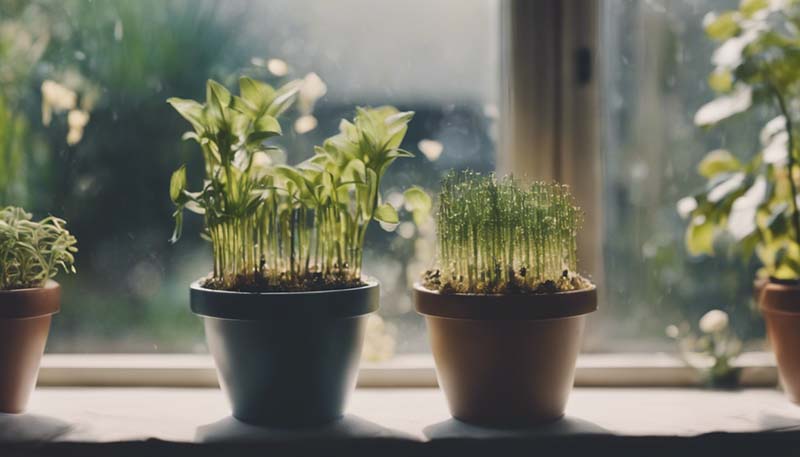Indoor Gardening and Health: How to Boost Mental Well-being
Gardening has long been associated with a variety of health benefits, but the practice isn't limited to outdoor spaces. Indoor gardening is an increasingly popular activity that offers numerous physical and mental health benefits, particularly for those living in urban environments or with limited access to outdoor spaces. This article explores the connection between indoor gardening and mental well-being, and provides practical tips on how to get started with your own indoor garden.
The Benefits of Indoor Gardening for Mental Health
While the physical benefits of gardening, such as light exercise and fresh air, are well-documented, the mental health benefits are equally significant. Here are some ways in which indoor gardening can boost your mental well-being:
Advertisement
1. Stress Reduction
Cultivating plants indoors can be a calming and therapeutic activity. The act of tending to plants, watching them grow, and nurturing them can help to reduce stress and promote relaxation.
2. Improved Mood
Being around plants has been shown to improve mood and reduce symptoms of depression and anxiety. The presence of plants in your living space can create a more positive environment and increase feelings of happiness.
3. Increased Focus and Productivity
Studies have shown that having plants in the workplace can increase productivity and concentration. Incorporating indoor plants into your home workspace can also help to create a more focused and productive environment.
4. Enhanced Creativity
Indoor gardening can stimulate your creativity as you experiment with different plant arrangements and care methods. This creative outlet can be a valuable tool for self-expression and mental stimulation.
5. Sense of Accomplishment
Successfully growing and maintaining indoor plants can give you a sense of achievement and purpose. This can be particularly beneficial for individuals who may be dealing with feelings of isolation or lack of control in other areas of their lives.
Getting Started with Indoor Gardening
If you're interested in starting your own indoor garden, here are some practical tips to help you get started:
1. Choose the Right Plants
Consider the light, temperature, and humidity conditions of your home when selecting plants. Some popular indoor plants that are easy to care for include pothos, spider plants, and snake plants.
2. Invest in Quality Supplies
Good-quality pots, soil, and tools can make a big difference in the success of your indoor garden. Invest in well-draining soil and pots with drainage holes to prevent overwatering.

3. Learn About Your Plants' Needs
Research the specific care requirements for each plant you choose. This includes how much light, water, and fertilizer they need, as well as any potential pests or diseases to watch out for.
4. Start Small
If you're new to indoor gardening, start with a few plants and gradually expand your collection as you gain experience and confidence.
5. Experiment with Arrangements
Try different plant arrangements and groupings to create visual interest and maximize the space in your home. Consider using plant stands, shelves, or hanging baskets to add height and depth to your indoor garden.
Conclusion
Indoor gardening is a rewarding and therapeutic activity that can have a significant positive impact on your mental health. By creating a calming, productive, and creative space with indoor plants, you can improve your mood, reduce stress, and enhance your overall well-being.
As you embark on your indoor gardening journey, remember that it's about the process as much as the outcome. Enjoy the time spent nurturing your plants and watch as your indoor garden becomes a sanctuary for both you and your plants.
Comment